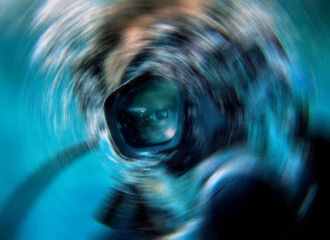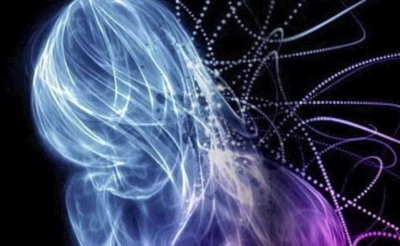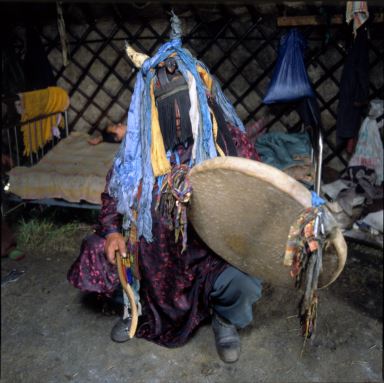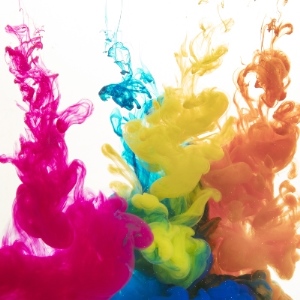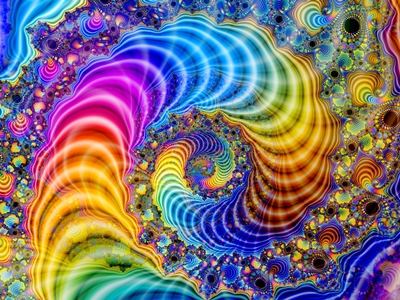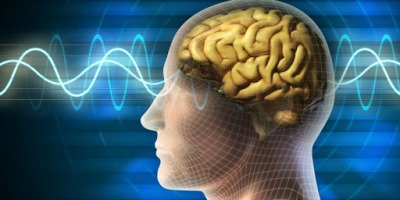This exciting article ‘To Be Energy-Efficient, Brains Predict Their Perceptions‘ discusses how “results from neural networks support the idea that brains are “prediction machines” — and that they work that way to conserve energy“. This has wide ranging consequences in perception and how we may be deceived by this predictive trait.

“Many neuroscientists are pivoting to a view of the brain as a “prediction machine.” Through predictive processing, the brain uses its prior knowledge of the world to make inferences or generate hypotheses about the causes of incoming sensory information. Those hypotheses — and not the sensory inputs themselves — give rise to perceptions in our mind’s eye. The more ambiguous the input, the greater the reliance on prior knowledge.”
This results in the development of many models that approximate brain behavior when it comes to perception. Much work has been done on developing neural network models mimicking the brain, and analyzing their energy consumption. “The takeaway is that a neural network that minimizes energy usage will end up implementing some sort of predictive processing — making a case that biological brains are probably doing the same.”
This also explains many effects of visual illusions where the brain unconsciously infers an explanation to the image which may oversee another or be plainly wrong. This well-known phenomenon is also used in psychology to uncover our unconscious by studying what interpretations we spontaneously provide in those situations.
It is not surprising that evolution has found a way to minimise the brain energy consumption, which is already draining a lot of energy for itself. The balance between prediction and actual observation it has found may have made sense in the past, but does it make sense now? How can we exploit it or overcome it depending on the circumstances?
In any case the fact that neural-networks models have been developed of the brain that allow to explain some of its behaviors is a great step forward in understanding at least the perceptual part of the brain.

